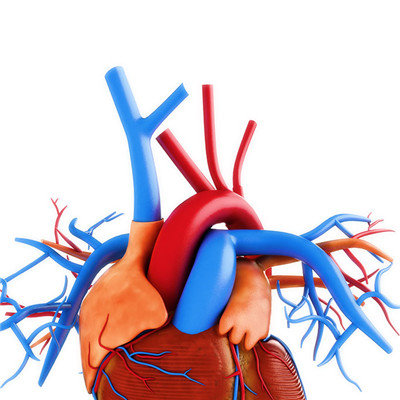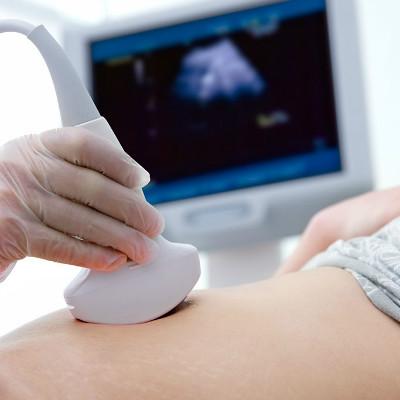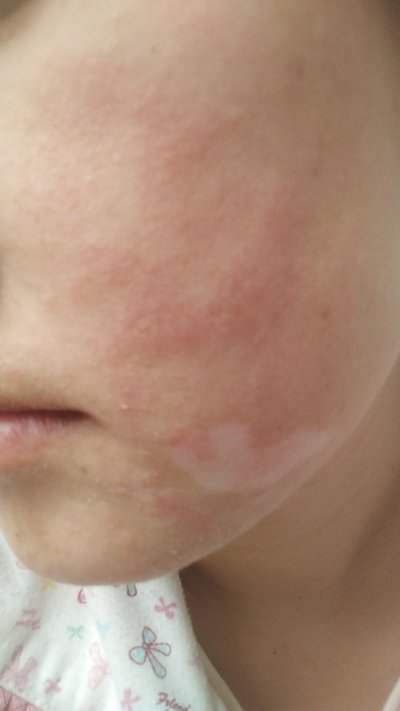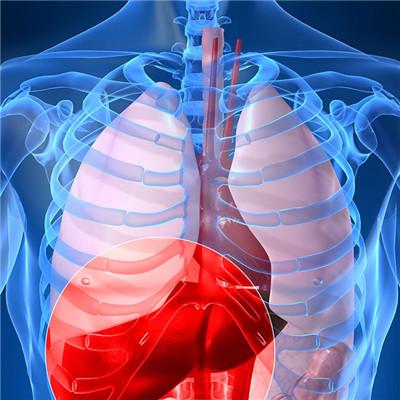Symptoms of respiratory failure after intracerebral hemorrhage
summary
Respiratory failure is a series of clinical syndrome of pathophysiologic disorder, which is caused by a variety of reasons, such as the decrease of arterial partial pressure of oxygen (PaO2) and the increase of arterial partial pressure of carbon dioxide (PaCO2). Cerebral hemorrhage symptoms of respiratory failure? Let's talk about it
Symptoms of respiratory failure after intracerebral hemorrhage
Dyspnea is the earliest symptom of respiratory failure. It can be shown as the change of frequency, rhythm and amplitude. Early performance for respiratory rate increased, when the disease worsened dyspnea, auxiliary respiratory muscle activity, such as three concave sign.

Cyanosis is a typical manifestation of hypoxia. When the arterial oxygen saturation is lower than 90%, cyanosis may appear on lips and nails; In addition, it should be noted that the degree of cyanosis is related to the content of reduced hemoglobin, so cyanosis is more obvious in patients with increased red blood cells, and cyanosis is not obvious or does not appear in patients with anemia.

Psychiatric symptoms acute respiratory failure can quickly appear mental disorder, manic, coma, convulsions and other symptoms. Chronic respiratory failure with CO2 retention can be seen as first excitatory and inhibitory after PaCO2 *. Excitement symptoms include insomnia, irritability, restlessness, insomnia at night and sleepiness during the day (reversal of day and night).

matters needing attention
Improve the body's nutritional status, enhance nutrition, increase the intake of sugar, protein and various vitamins, if necessary, intravenous infusion of compound amino drum, plasma, albumin. Insist on doing breathing gymnastics every day to enhance the activity function of respiratory muscles.












